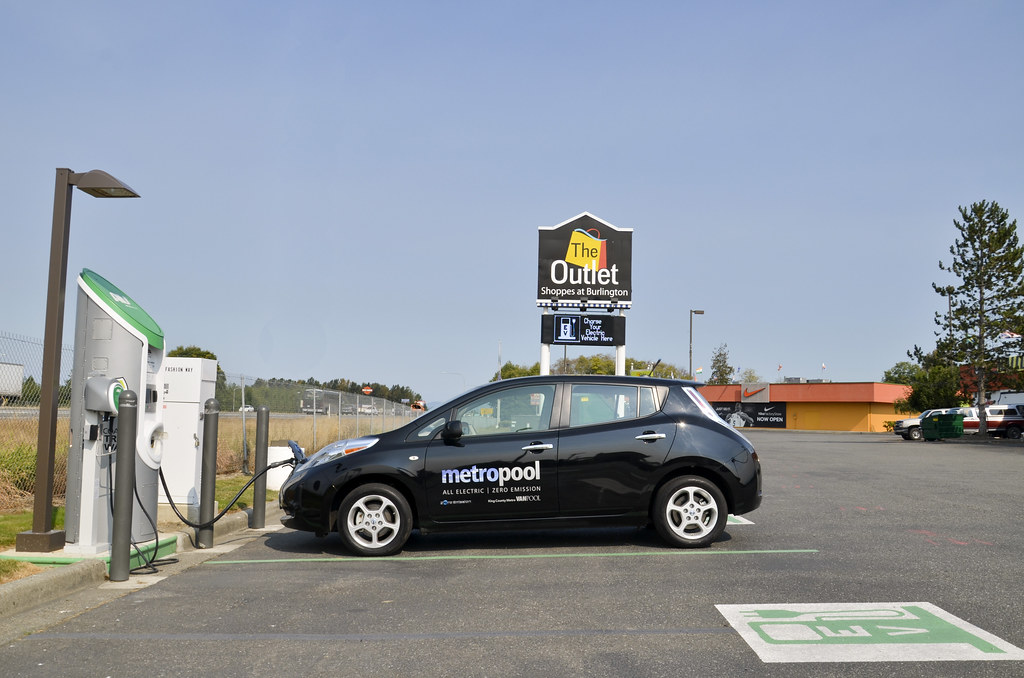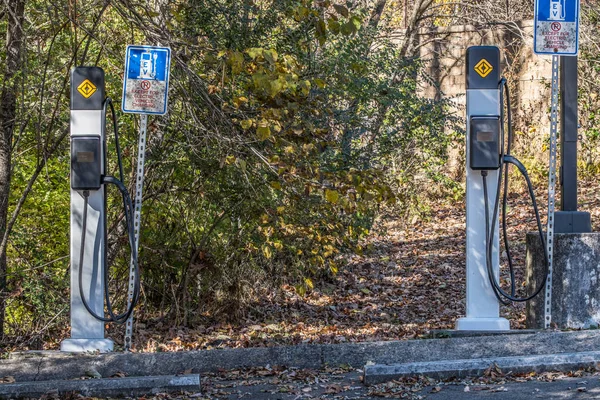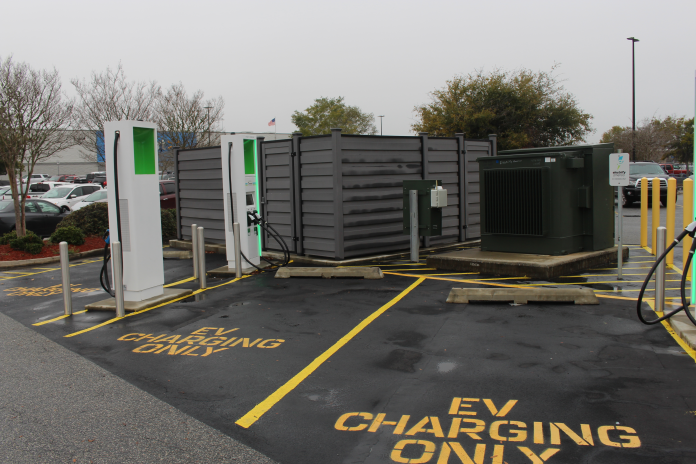
The sudden shutdown of a $7.5 billion federal initiative to create a cross-country network of electric vehicle charging stations has left fewer than 400 federally financed chargers open a result that highlights the ways politics, engineering difficulties, and bureaucratic intricacies can ground even the most visionary infrastructure projects. The Trump administration’s earlier-called-for freeze has not only prompted states to sue but also reopened arguments over the technical and logistically-oriented realities of scaling EV infrastructure at pace.

1. A Program Designed to Eliminate Range Anxiety
Initiated under the 2021 Infrastructure Investment and Jobs Act, the National Electric Vehicle Infrastructure (NEVI) program aimed to install high-speed chargers not more than 50 miles apart on highways, with an emphasis on rural gaps and underserved areas. The objective was to commoditize EV charging to the same level of ubiquity as gas pumps, eliminating “range anxiety” and complementing the Biden administration’s goal of 500,000 public fast chargers by 2030. Federal standards necessitated that all NEVI locations include a minimum of four 150-kilowatt DC fast chargers to operate simultaneously, providing enough power to add approximately 200 miles of range in less than 30 minutes.

2. The Technical Divide: Level 2 vs. DC Fast Charging
Most of America’s 77,000 public charging stations are Level 2 units, which typically deliver 6–19 kilowatts and can take hours to fully recharge a vehicle. By contrast, DC fast chargers central to NEVI’s design operate at 150 kW or higher, with some reaching 350 kW. This leap in power output is critical for long-distance travel but demands far more from the grid, including robust transformers, high-capacity feeders, and in some cases, entirely new substations.

3. Grid Readiness and the Megawatt Future
The engineering problem goes far beyond the chargers themselves. A new multi-agency study discovered that by 2030, more than a quarter of busy highway charging stations in New York and Massachusetts will need more than 5 megawatts of capacity equal to a sports stadium’s peak demand. By 2045, some will reach 40 MW, comparable to big industrial plants. Without coordination at the beginning among utilities, transportation agencies, and charging companies, delays in grid interconnection would become years long, doubling or tripling the cost of the projects.

4. Bureaucracy and Performance Gaps
The U.S. Government Accountability Office’s July 2025 report determined that as of April, just 384 NEVI- and CFI-funded chargers were operational across the country. The GAO attributed to state procurement regulations that are disjointed, site approvals that are cumbersome, and a lack of specified performance goals for major program outcomes. “Then it turned into this poster child for a government inefficiency nightmare,” said Ryan McKinnon of the Charge Ahead Partnership. The report called on the Department of Transportation and the Joint Office of Energy and Transportation to implement measurable goals and timelines as a means of enhancing accountability.

5. Political Freeze and Legal Uncertainty
On February 6, the Federal Highway Administration instructed states to suspend new NEVI projects pending a policy review. While existing contracts remain funded, the pause has sown confusion among state DOTs, many of which issued stop-work orders to avoid unreimbursed costs. Legal experts note that NEVI’s advanced appropriations make its funds “nearly impossible to reverse or stop,” but the administration’s actions have already slowed momentum, with fewer than 60 NEVI-funded sites operational.

6. Private Sector Backlash and Alternatives
Industry stakeholders point out that the $7.5 billion federal investment is a “drop in the bucket” relative to the $31–$55 billion investment required by 2030.Tesla, EVgo, and Blink, among others, have established networks largely outside of NEVI, frequently using state incentives or utility rebates. Public-private partnerships are starting to look like the realistic way forward as site hosts from truck stops to big-box retailers come together with installers to split costs and revenue.

7. Flexibility and Resilience Engineering
EV charging demand is flexible by nature, as opposed to 24/7 data centers. Controlled charging can move demand into off-peak times, accommodate renewable energy, and even feed stored energy back into the grid via vehicle-to-grid (V2G) technology. Utilities note that EV owners have already added $3.12 billion in net revenue to grid operations, reducing rates for all users. But high-power highway hubs will still need specific grid upgrades, and planning those connections in advance is crucial to not run into bottlenecks in the future.

8. The Buy America Factor and Supply Chain Strains
The phasing out of Buy America waivers for EV chargers introduces yet another layer of complexity. Producers are now required to comply with even more stringent domestic content requirements, which could potentially hold up deployment if it’s hard to source U.S.-made parts. Along with the sunset of the Alternative Fuel Infrastructure Tax Credit in 2026, the policy landscape is tilting toward increased dependence on state and local action.

9. The Road Ahead
Even with the freeze, the long-term effect of NEVI might still happen if lawsuits reverse the loss of money and administrative hurdles are eliminated. Several states have now delineated corridors and determined interconnection points to the grid, and private money continues to pour into high-demanding markets. The technical drawing for a national fast-charging network is there; what’s doubtful is whether political will and integrated planning can be able to equal the magnitude of the technical problem.


